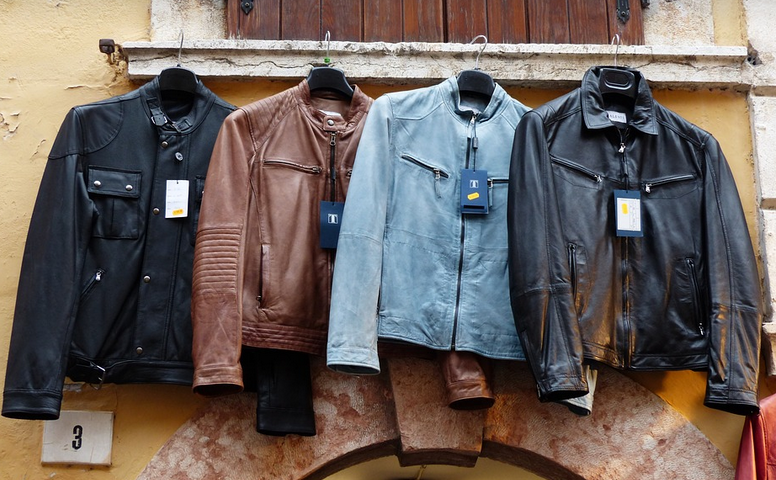Understanding the Problem
Let’s be honest, nobody wants to deal with water damage in their car, especially not in a spot as personal and prone to wear and tear as the leather seats. Sooner or later, you might find yourself facing this unfortunate reality. It could be as simple as a spilled drink on a rainy day, or it could be a more dramatic incident like a burst pipe or flood damage. The good news is that water damage isn’t an automatic deal-breaker for your car’s comfy seats.
But knowing the cause and understanding its potential consequences is crucial in tackling this issue effectively. Water damage on leather car seats can lead to a whole host of problems, from discoloration and warping to mold growth and even structural issues. It’s important to act quickly to prevent these problems from escalating.
What Causes Leather Seat Water Damage?
You might be thinking, “Surely water is bad news for leather, right?” You’re absolutely right. However, the type of damage caused depends on how long and how much moisture penetrates the leather. Sometimes, a simple spill can do minor damage to your car’s seats. But if left unchecked, water can seep into the fibers of the leather, causing it to swell, warp, and even break down over time.
The severity of the damage often depends on:
- Time elapsed: The longer the water stays in contact with the leather, the more likely it is to cause significant damage.
- Type of leather used: Different leathers have varying levels of resistance to moisture. Genuine full-grain leather is known for its durability and resilience against water. However, some synthetic leather substitutes may be less impervious.
- Amount of water exposure: A large amount of water exposure can overwhelm the leather’s protective layers, leading to more extensive damage.
Symptoms of Water Damage
It’s not always about a visible puddle in your car. Sometimes, you might notice subtle signs that need immediate attention. Here are some telltale indicators that your car’s leather seats have been hit by water:
- Stains and discoloration: Water can penetrate the fibers of the leather and leave behind unsightly stains.
- Warping and shrinking: Swelling due to moisture is a common symptom of water damage on car seats.
- Fading or yellowing: Prolonged exposure to moisture can cause colors to fade, leading to a yellowish hue in the leather.
- Mold or mildew growth: Water itself doesn’t necessarily trigger mold growth; however, if water remains trapped for too long, it could create an ideal breeding ground for mildew and other unwanted microorganisms.
The Importance of Prompt Action
If water damage has occurred, acting quickly is crucial for minimizing further damage and preserving the life of your car seats. Don’t panic; even if you have a severe incident, there’s hope for restoration.
How to Tackle Water Damage
Addressing the immediate situation is paramount when dealing with water damage on leather car seats. The steps below will help you get started:
1. **Remove Excess Water:** The first and most important step is removing as much standing water from the affected areas as possible. Use a clean towel to blot up excess moisture and prevent it from spreading or seeping further into the leather. 2. **Dry the Seats Thoroughly: **A fan can do wonders for speeding up air circulation, helping evaporate any remaining moisture in your car’s seats. You can also use a hairdryer on a low setting with caution. Make sure to dry them thoroughly before moving on.
Using Leather Cleaners and Conditioners
To help restore the leather’s natural texture and appearance, you should consider using specialized cleansers and conditioners after the water has been removed. These products are specially formulated to work with leather, removing any lingering stains or discoloration. The products will also nourish your seats, leaving them soft and supple.
Here’s a basic idea of how to use these products:
- Choose the Right Cleaner: Opt for a cleaner that doesn’t contain harsh chemicals or abrasives. Many leather cleaners are designed specifically for water damage restoration.
- Application and Drying: Follow the instructions on your chosen product’s label carefully. Apply a small amount of cleaner to a clean microfiber cloth and gently dab it onto the affected areas. Rinse the cloth with clean water if necessary. Dry thoroughly before proceeding to prevent any further damage.
Professional Restoration
While you can tackle minor water damage yourself, significant restoration might require professional help from experts in leather repair. When it comes to severe damage, like warping or significant discoloration, a trained professional is best equipped to assess the extent of the problem and recommend appropriate solutions.
Preventing Future Water Damage
Ultimately, you want to avoid future water damage on your car’s seats. Here are some proactive steps to make that a reality:
* **Regular Car Cleaning: **Keeping your car clean is crucial in preventing moisture buildup. Regularly vacuum and wipe down the interior surfaces, especially around the seats. * **Weatherproofing Strategically: Use a waterproof seat cover or protectant to shield the leather from spills and wet conditions. This will help prevent future water damage, even if something unforeseen happens.
Conclusion
Water damage on car seats is a common problem that can be addressed effectively with prompt action. While some minor instances of water damage are easily handled at home, more severe damage might require professional intervention for optimal results. However, by taking proactive steps to prevent future water damage and addressing it promptly when needed, you can keep your leather seats looking their best.
